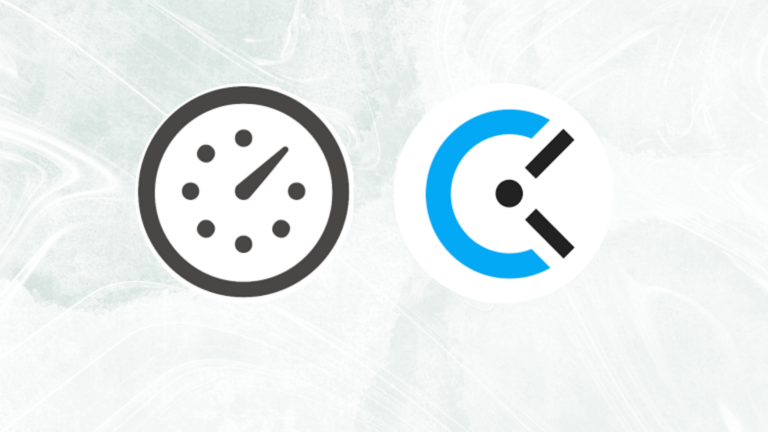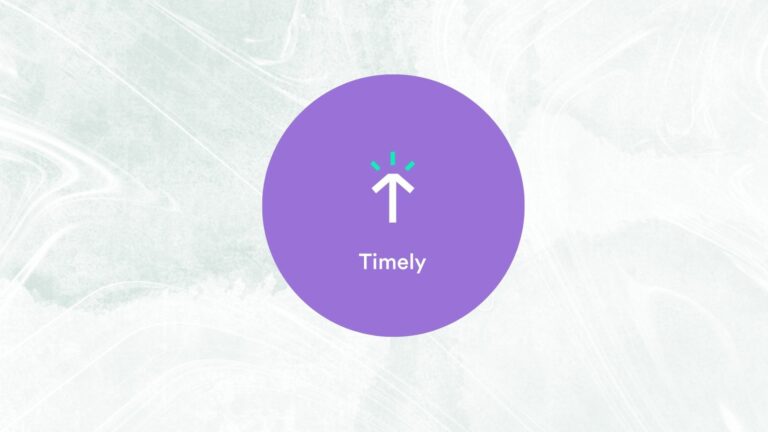It’s a well-known fact that salespeople have a high percentage of burnout.
What’s the primary cause of the exhaustion? The majority of salespeople lose their enthusiasm. Usually, this is due to the fact that they are either not productive enough or are not obtaining satisfactory outcomes in their current positions of authority and responsibility.
For many people, the natural instinct is to work harder when they aren’t receiving the results they want. However, this will most likely lead to even more terrible results in the long run. A better outcome can’t just happen by doing more of the same thing.
Working “smarter” rather than “harder” is something I really believe in. What is the secret to being more productive and getting more done while working more efficiently? Boosting your output!
Table of contents
- A. Batch Your Regular Tasks Into Timed Intervals
- B. Eat the Frog: Tackle Your Hardest Task First
- C. Block off Time for Focused Tasks on Your Calendar
- D. Set Time Blocks for Checking Emails
- E. Block off Time at the End of the Day to Plan Your Next Day
- F. Streamline Your Inbox: Create Email Folders to Stay Organized
- G. Create and Organize Your Sales Templates Based on Workflows
A. Batch Your Regular Tasks Into Timed Intervals
Your team meeting is just about to start. You sit down to finish one task, but you get distracted by an email and then you realize that you never followed up with the email below. Now you’re on the phone and your team meeting has sneaked up on you. It’s 5 o’clock before you realize it.
Everyone experiences this at some point. Looking back on your day is never a fun experience.
Batching your jobs is a wonderful method to avoid this. Set a timer for one hour of prospecting, five to ten minutes of rest, one hour of follow-ups, and so on.
There is a technique called The Pomodoro Technique for this.
With the help of the Pomodoro Technique, a well-known time management technique, it is possible to complete activities in small bursts while also taking breaks to relax and refocus the mind.
Try batching chores that you accomplish on a regular basis into certain time slots to see if it works for you. Then, before going on to the next job, put yourself in a state of focused concentration. Take frequent breaks to avoid becoming fatigued.
If you wanted to more about The Pomodoro Technique please check out our full blog on the Pomodoro Technique
B. Eat the Frog: Tackle Your Hardest Task First
Mark Twain once said, “Eat one live frog every day for breakfast, and you won’t have any more problems throughout the day.”
Get the big jobs done first thing in the morning.
It’s easy to put off unwanted tasks if you start the day with them. It’s best if you can handle this project head-on first thing in the morning so you can clear your mind for the remainder of your day.
After a good night’s sleep, the prefrontal cortex of our brain is at its most active and creative. Try to use such inventiveness and drive to tackle your most difficult tasks straight now.
The “eat the frog” method has been utilized by the best salespeople for years.
C. Block off Time for Focused Tasks on Your Calendar
You don’t have to use your calendar for solely meetings.
If you’re a top sales professional, scheduling time for things on your calendar can help you focus.
When asked for their best recommendation for increasing sales productivity, the following are some of their responses:
A “Proactive Time-Blocking – scheduling appointments with yourself for high-value, non-urgent work.” founder of The New Sales Coach, Mike Weinberg
“I’ve found that scheduling blocks of time with a very definite purpose helps a lot.” In the words of Paul Alves, co-founder and CEO of AG Salesworks.
As a result, other employees will not be able to book time on your calendar while you’re working on vital projects.
As a precaution, book these blocks the day before so that they don’t get in the way of any upcoming meetings.
D. Set Time Blocks for Checking Emails
Set calendar blocks that are specifically for checking and sorting emails. This way, you won’t waste time frequently checking your email throughout the day in between other tasks.
This helps you zone in and stay focused.
E. Block off Time at the End of the Day to Plan Your Next Day
This is going to change everything.
You’ll be able to get right down to business the next day if you’re prepared and have a plan in place for what you need to accomplish.
Here at Yesware, our VP of Sales, Ian Adams, suggests the following sales efficiency tip:
Do pre-call research, schedule follow-up emails, send out calendar invites, and add recipients to campaigns in the final 30 minutes of the day.
There are a lot of high-ranking executives, sales professionals, and other professionals who use this method.
After leaving the office, American Express CEO Kenneth Cole says, he spends his last few minutes at work putting down his top three goals for today and tomorrow.
Author and sales trainer Tom Hopkins advocates the same strategy. In order to start the next day with a clear head, Hopkins recommends that you take a few minutes at the end of each day to analyze and prioritize your tasks for the next day.
See whether applying this sales productivity tip the following day alters your approach.
F. Streamline Your Inbox: Create Email Folders to Stay Organized
Ever get super frustrated that you can’t find an email you know is in your inbox – it was just there!
Creating email folders and getting into the routine of dragging emails into these categories can significantly reduce the time you spend looking for emails.
Once you create your folders, you can move emails received and emails you’re sending to these folders with a click of a button.
How to quickly add a label to messages in your inbox:
- Open the message
- Click the Label button (it has a tag icon)
- Check off each label to want to add, or type a new label
How to add a label to a message you’re sending/outgoing messages:
- Click Compose
- In the bottom right corner, click More options (three vertical dots)
- Click Label
- Choose a label to add
You can also use features such as color flags to stay organized and help mark emails based on categories and priorities.
This sales productivity tip will help you streamline your inbox workflow and stay organized. You’ll save both time and stress looking for those emails that seem to have fallen into a black hole.
G. Create and Organize Your Sales Templates Based on Workflows
Writing the same emails over and over will do nothing but waste time.
You don’t want to reinvent the wheel. For example, make a follow-up template for every type of meeting you have. Make sure to include merge fields and personalize every message you send.
Then, make sure to organize these templates into folders.
Structure your folders for different stages of the sales process, i.e., cold email, follow-up, keeping-in-touch, break-up. This will keep you organized and save you tons of time when you’re grabbing your templates on the fly.


